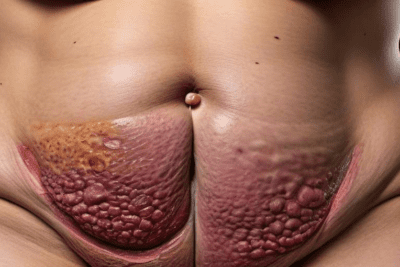
What you\'ll find in this article?
- Understanding Prediabetes: An Invisible Enemy
- Recognizing the Prediabetes Condition
- The Vital Signs of Prediabetes
- Risk Factors Associated with Prediabetes
- Importance of Early Detection and Monitoring
- Management and Reversal of Prediabetes
- The Role of Health Professionals in Prediabetes Care
- The Urgency of Spreading Prediabetes Awareness
Understanding Prediabetes: An Invisible Enemy
Before it evolves into type 2 diabetes, many individuals experience a phase known as prediabetes. This stage, largely under-recognized and often overlooked, poses a significant health threat. Prediabetes is a silent foe, showing few outward signs while it gradually undermines your health.
Recognizing the Prediabetes Condition
Prediabetes is characterized by higher-than-normal blood sugar levels. However, these levels are not quite high enough to qualify as full-blown diabetes. Because symptoms are usually minimal or absent, it can stealthily escalate to type 2 diabetes without detection.
The Vital Signs of Prediabetes
Prediabetes frequently shows no signs, but some subtle cues might indicate its presence. Some individuals may experience darkened skin areas, particularly on the elbows, knees, knuckles, armpits, and neck. Others may notice they are more thirsty than usual, or they urinate more frequently. These signs might hint at elevated blood sugar levels, potentially pointing towards prediabetes.








Risk Factors Associated with Prediabetes
Certain risk factors increase the likelihood of developing prediabetes. They include obesity, inactivity, a history of gestational diabetes, and a family history of type 2 diabetes. Age is another key factor: as we age, the likelihood of prediabetes rises. Therefore, individuals who are over 45 years old or have a body mass index (BMI) over 25 should be particularly vigilant.
Importance of Early Detection and Monitoring
Early detection is crucial in managing prediabetes, preventing its escalation to type 2 diabetes. Regular health screenings and blood tests can reveal prediabetes, allowing for timely interventions. The Hemoglobin A1C test, Fasting Blood Glucose test, and Oral Glucose Tolerance test are the most commonly used diagnostic tools.
Management and Reversal of Prediabetes
Although prediabetes is a serious health condition, it's not a life sentence. With a combination of healthy lifestyle changes and appropriate medical care, it is possible to reverse prediabetes and restore normal blood sugar levels. This typically includes adopting a balanced diet, engaging in regular physical activity, and maintaining a healthy weight. If necessary, medication may also be prescribed.
The Role of Health Professionals in Prediabetes Care
Healthcare professionals play a pivotal role in the early detection, management, and reversal of prediabetes. Regular consultations and follow-ups with a healthcare provider help ensure individuals stay on the right track in managing their condition.
The Urgency of Spreading Prediabetes Awareness
The silent nature of prediabetes underscores the urgency of raising awareness about this health condition. By educating people about prediabetes and encouraging them to take preventative measures, we can significantly reduce the number of individuals who progress to type 2 diabetes.
To Sum Up
Prediabetes, while often silent and overlooked, poses a significant health threat. Recognition of the symptoms, understanding of the risk factors, and early detection are crucial for managing and potentially reversing this condition.
Through regular health screenings, healthy lifestyle changes, and professional medical advice, we can effectively counteract this silent threat and protect our health. However, it is crucial to spread awareness about prediabetes and its potential risks to ensure timely interventions and prevent its progression to type 2 diabetes. https://diabetescurenow.com/
Our best recommendation in the end is that you get the best advice from a group of professionals who have been willing to revolutionize your diabetes situation and give you the opportunity to radically improve your health.
Visit at this time the link that keeps clicking on it












